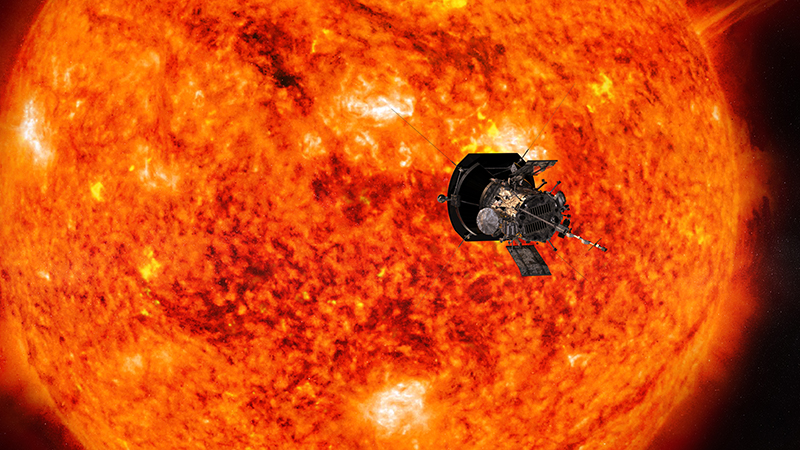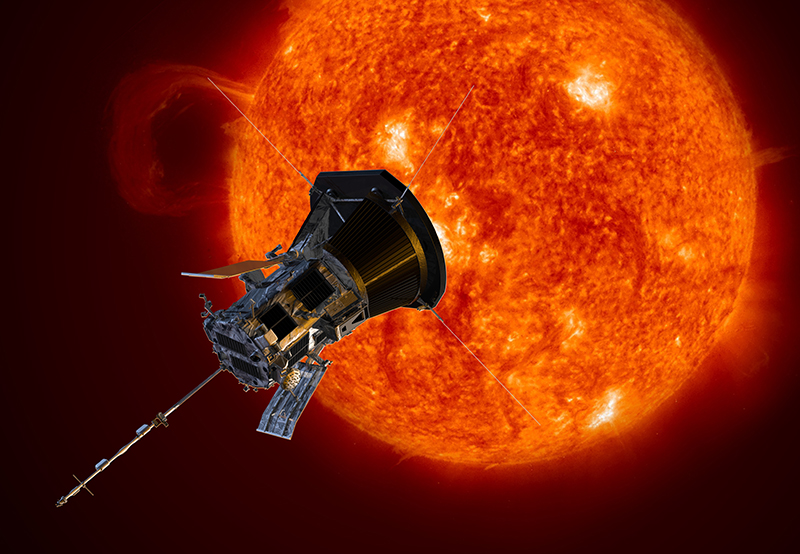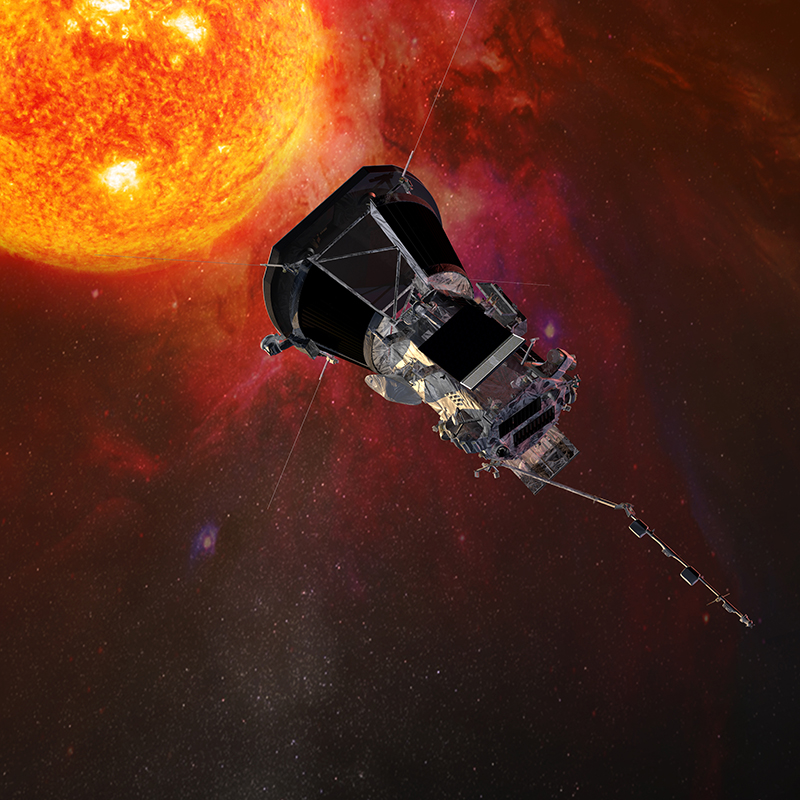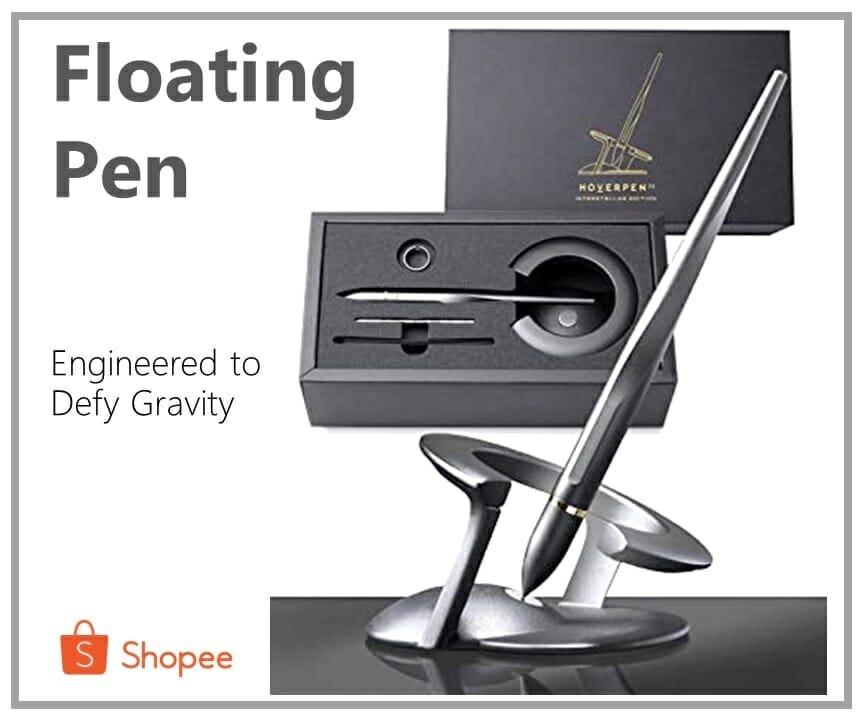Why reach for the stars when we have one in our very own solar system? That’s what NASA’s upcoming mission aims to do with their Parker Solar Probe.
The Parker Solar Probe is named after Eugene Parker, astrophysicist from the University of Chicago. He had once predicted the existence of solar wind, the stream of charged particles constantly ejected from the sun, back in 1958. “I’m certainly greatly honored to be associated with such a heroic scientific space mission,” Parker said during a press conference at the University of Chicago.

Source: NASA, Parker Solar Probe
The 3-meter long, $1.5 billion Parker Space Probe is scheduled to launch in July 31, 2018. It’ll be brought into solar orbit by the United Launch Alliance Delta IV Heavy rocket from Kennedy Space Center in Florida.
Once reaching solar orbit, it’ll collect data for the next 7 years, performing 24 close flybys to the sun. The closest it’ll get is probably around 6.2 million kilometers from its surface, which is closer than the orbit of Mercury, and seven times closer than any other probe has ever been.

Source: NASA, Parker Solar Probe
Needless to say, being this close to the sun means the probe will have to endure an intense environment. At its closest, the Probe will experience temperatures of up to 1,370 degrees Celsius, as well as high solar radiation, at 475 times the intensity of what we feel on Earth.
To make sure the probe isn’t completely fried by these extreme conditions, the mission controllers will have to retract the Parker Solar Probe’s solar arrays as it gets closer to the sun, and then extend them back out once it gets further from it, to keep panel power levels and temperatures at a more constant state. Also, the probe is equipped by a heat shield that’s 2.3 meters wide and 11.4 centimeters thick. The shield is made out of advanced carbon-composite material, which protects the probe’s instruments from the heat so well that they’re basically at room temperature.

Source: NASA, Parker Solar Probe
The probe will perform several tasks, including measuring the sun’s electric and magnetic fields. This also enables us to photograph its structure, and study solar wind even further.
If successful, the data gathered from the probe will help solve two questions that have puzzled scientists for ages. “How is solar wind accelerated, and why is the sun’s corona (the outer atmosphere) so much hotter than the actual surface?” The corona is at 1.7 million degrees Celsius, while the surface itself is only 5,500 degrees Celsius.
Article Sources:












